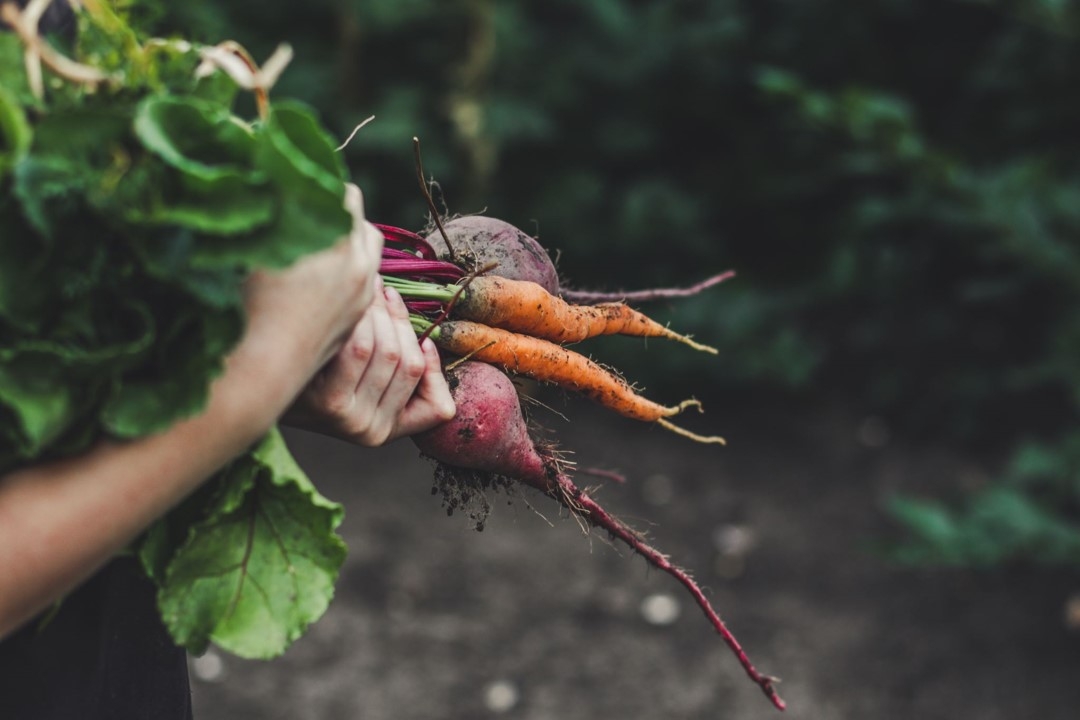Weighing in on strategic realignment

WPI’s team was retained by the governing board of a U.S. industry organization to review a decision, reached by vote, to invest significant assets into the development and management of an export trading company. WPI’s team conducted a formal review of this decision and concluded that the current level of market saturation would limit the benefits of the investment. Based on WPI’s analysis and recommended actions, the board subsequently reversed its decision and undertook a strategic planning effort to identify more impactful investments. On behalf of numerous clients, WPI has not only assisted in identifying strategic paths but also advised their implementation.

 Dry bulk freight markets were quiet this past week and continued the trend that has been present since mid-October. The quiet trade let rates drift lower with disappointment about the slow appearance of Chinese demand weighing on market sentiment. The U.S.-China trade deal was thought to be lik...
Dry bulk freight markets were quiet this past week and continued the trend that has been present since mid-October. The quiet trade let rates drift lower with disappointment about the slow appearance of Chinese demand weighing on market sentiment. The U.S.-China trade deal was thought to be lik...
 IEEPA Alternatives The U.S. Supreme Court heard oral arguments today challenging President Trump’s use of the International Emergency Economic Powers Act (IEEPA) to unilaterally set tariffs on ther countries. Mr. Trump characterized the High Court’s decision as involving, “lit...
IEEPA Alternatives The U.S. Supreme Court heard oral arguments today challenging President Trump’s use of the International Emergency Economic Powers Act (IEEPA) to unilaterally set tariffs on ther countries. Mr. Trump characterized the High Court’s decision as involving, “lit...
 WPI Grain Prices and Freight Rate App Note: you can also visit the app directly by clicking here. Supplemental Information The section below offers a concise view of the options available in the current version of the WPI FOB Price and Freight Rate app, along with a short “How To”...
WPI Grain Prices and Freight Rate App Note: you can also visit the app directly by clicking here. Supplemental Information The section below offers a concise view of the options available in the current version of the WPI FOB Price and Freight Rate app, along with a short “How To”...
 Russian Grains Market: 27–31 October 2025 The Russian grains market remained predominantly bearish during the final week of October, with only brief recoveries in select regions. Despite improving monthly export volumes, demand continues to lag behind the export surplus. The season began...
Russian Grains Market: 27–31 October 2025 The Russian grains market remained predominantly bearish during the final week of October, with only brief recoveries in select regions. Despite improving monthly export volumes, demand continues to lag behind the export surplus. The season began...